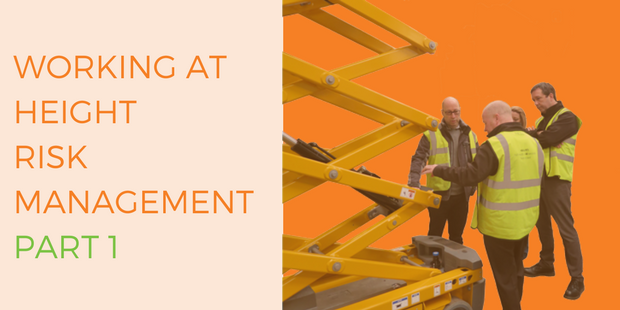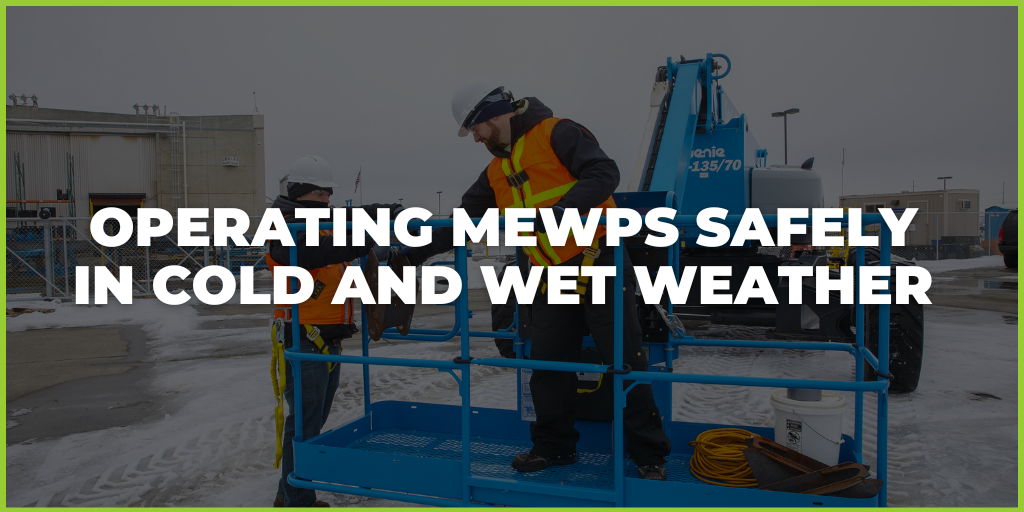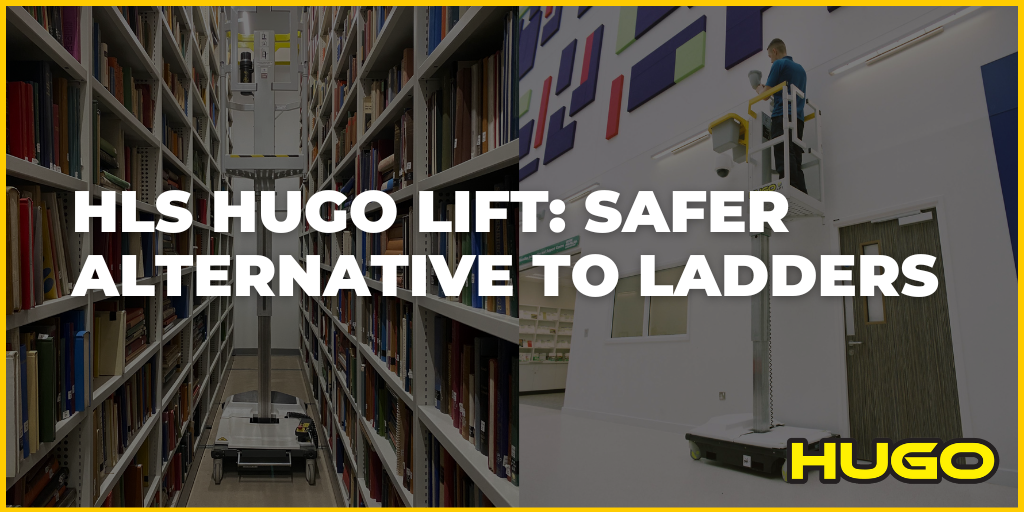In this two part blog series we will be looking at risk management, and a detailed overview of how to construct a risk assessment. A hazard is something that could cause harm – in our case working at height. The risk is the probability of somebody being harmed by the hazard, along with an estimate of how serious that harm may be.
Every business has an obligation to manage the risks in the workplace and take all appropriate action to safeguard their employees. It is a legal requirement for organisations with more than 5 employees to carry out a risk assessment which should specify appropriate measures for risk management.
Within part 1 of this 2 part series we will look at how to identify hazards and who they might harm. In part 2 we will consider how to evaluate the risks and select suitable precautions. Thereafter we will specifically look at how to construct a risk assessment, including what should be included and how frequently it should be reviewed and updated.
Identifying Hazards
First of all you need to identify the hazards. For work at height, these typically fall into 6 main categories – all of which you should consider to ascertain if they are relevant for your situation.
- Falling materials
Materials that may fall from a height such as loose material – for example tiles, tools that are dropped, and waste materials such as off cuts.
- Weather
For example icy conditions will increase the chance of slipping and high winds could cause equipment or materials to fall.
- Poorly maintained or incorrect access equipment
Badly maintained or inappropriate access equipment pose a serious risk.
- Unprotected edges
Where people are working at height there should not be open edges. For example you would expect there to be the likes of guardrails and fencing.
- Material deterioration
Where people are working should be safe but the materials used to fabricate structures do deteriorate over time. This poses a risk in 2 ways. First, of the structure breaking and a worker falling, and secondly a part of the structure falling away and hitting someone at ground level.
When considering the hazards it can be difficult to know where to start – particularly if you work in the same place every day. There are a number of places to look and things to consider to aid in the identification process.
- Check manufacturer instructions – Look at instructions for access equipment and then audit what is being done in practice. For example are ladder loads being adhered to?
- Review accident records – This may uncover hazards you had not considered.
- Consider long term hazards – It is not just the day to day risks but also cumulative effects. This is perhaps less relevant in the work at height space, but still one to think about.
Who could be harmed and how
The most obvious people to be harmed by the hazards are the employees working at height. However, do not forget that there are also other groups to consider such as passers-by who could be hurt by falling objects. One way to approach this is to ask employees what they think the hazards are and who they think might be harmed. Don’t forget that if you share your workplace with another business you need to consider how your work may affect/cause harm to their workers.
In Summary
Identifying hazards and also who might be harmed is done more easily by considering the points we have raised above, taking a step back to review a situation you might be familiar with, and also asking other parties such as employees for their input and perspective.
Struggling to understand the risks on your site? We offer a full site survey and risk assessment service, to help you find the right working at height solution for your needs.






